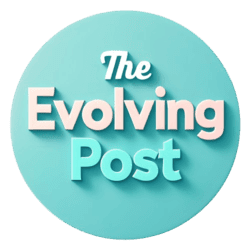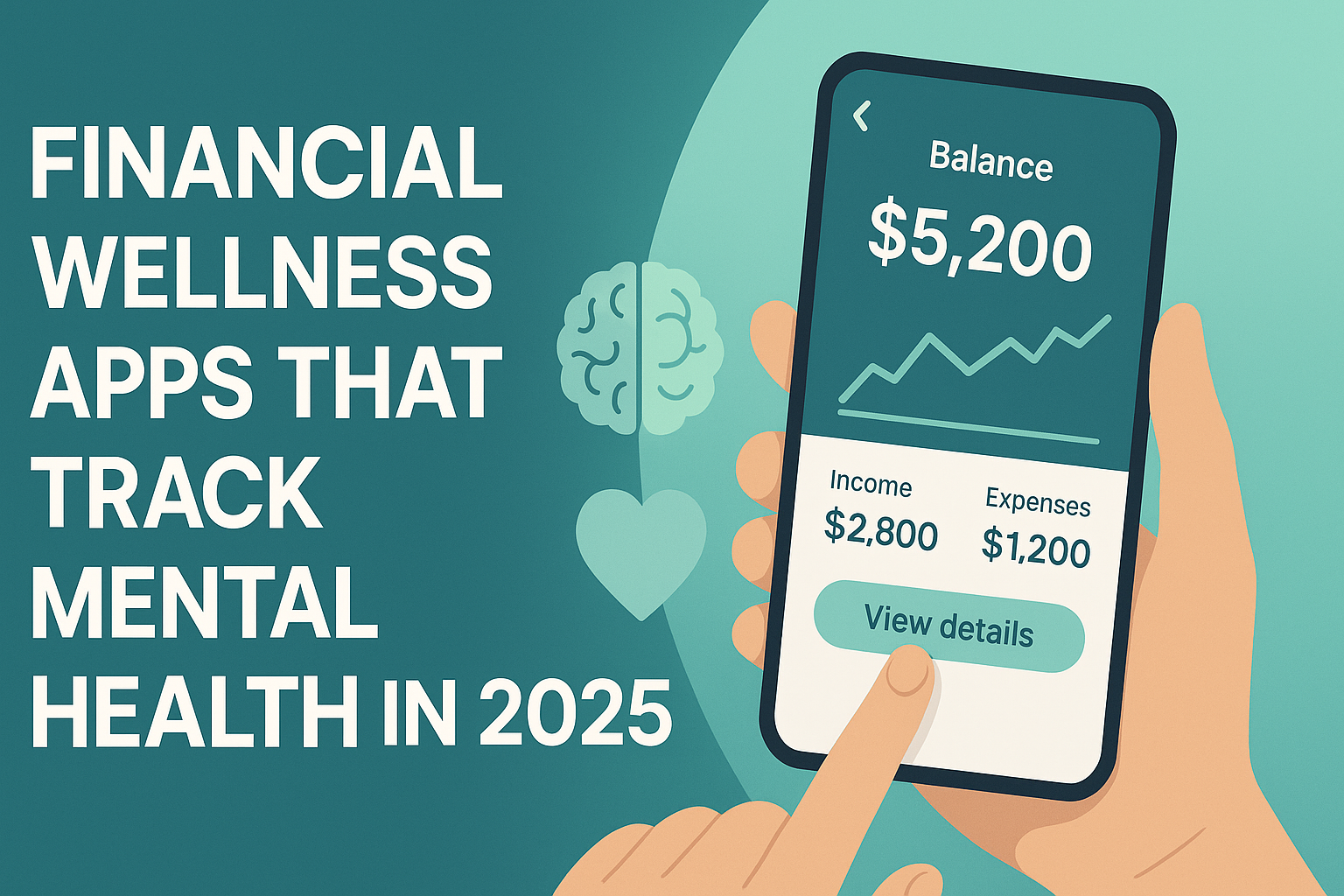From desperate debt relief to smart wealth building—how Americans are rethinking personal loans in 2025
Personal loans used to be a last resort. You needed quick cash, didn’t qualify for a credit card, and hoped to get out of a jam without too much damage to your finances—or your pride. Fast-forward to 2025, and the conversation has completely changed.
Today, personal loans are no longer a financial red flag. They’ve become a flexible and strategic tool used by Americans to consolidate debt, improve homes, invest in themselves, and navigate life’s financial pivots. Whether you’re managing high-interest credit card balances or upgrading your kitchen without tapping home equity, personal loans may now be one of the most underappreciated vehicles for achieving long-term financial goals.
Background & Context
The average personal loan rate in 2025 hovers between 11% and 13% for borrowers with good credit, according to data from Bankrate. While this may sound steep at first glance, it’s important to note that the average credit card APR has crossed 21%—and for many Americans with revolving balances, that spread represents thousands in annual interest savings.
At the same time, macroeconomic forces are making personal loans more attractive. Mortgage rates are still elevated, home equity lending remains tight, and inflation has pushed the cost of living higher in nearly every category. Personal loans offer a fixed-rate, lump-sum alternative that allows borrowers to act decisively without putting their homes or investment portfolios at risk.
Deep-Dive Analysis
Impact on Homeowners
For homeowners, personal loans can be a savvy workaround in a high-rate environment. Let’s say you’re sitting on equity but don’t want to refinance into a higher-rate mortgage just to fund home repairs or a renovation. A personal loan can bridge that gap—especially for mid-sized projects between $10,000 and $50,000.
This is particularly true for aging homeowners looking to “age in place.” Upgrades like walk-in tubs, accessibility ramps, or energy-efficient appliances can now be financed without touching your retirement savings or taking on a variable-rate HELOC.
The bonus? You boost your home’s livability and potentially its resale value—without risking your primary asset.
Impact on Investors & Savers
This may come as a surprise, but personal loans can also serve long-term investors—if approached wisely. Some borrowers are using fixed-rate loans to fund skills training, start side businesses, or even launch investment ventures that have a higher return potential than the cost of the loan itself.
Take, for example, a borrower who uses a personal loan to enroll in a cybersecurity bootcamp—a field where six-figure salaries are within reach after certification. This is the kind of strategic debt that can multiply earnings rather than diminish them.
If you’re considering using a personal loan to fund a course, certification, or business venture, make sure the return on investment outweighs the cost of borrowing. For a no-nonsense, long-term approach to growing wealth—even from modest beginnings—check out The Simple Path to Wealth: Your road map to financial independence and a rich, free life. It’s a reader favorite for building sustainable, low-stress financial success.
Of course, this only works when you’re borrowing against a strong, realistic plan. If you’re taking out a 14% loan to invest in the stock market with no experience, that’s a gamble. If you’re investing in yourself with a clear path to higher income, that’s leverage with purpose.
Impact on Jobs & Consumers
On a broader level, the rise of responsible personal loan use reflects deeper shifts in how Americans are approaching money and financial mobility. The stigma around borrowing is fading, replaced by a more pragmatic attitude: if a loan gets me to a better financial position faster—and I can manage the payments—it’s a tool worth using.
This shift is also evident in how borrowers are prioritizing their spending. According to LendingTree’s 2025 Personal Loan Report, 39% of borrowers are using loans to consolidate debt, 27% are making home improvements, and 11% are covering emergency expenses. That tells us something: personal loans aren’t being used to splurge—they’re being used to build.

Actionable Takeaways & Key Insights
If you’re weighing the potential of a personal loan in your financial life, consider these steps:
Calculate the interest rate trade-off. Compare your current credit card or variable-rate debt against fixed personal loan offers. The difference in APR could result in thousands saved.
Align loans with long-term gains. Only borrow when the payoff enhances your financial future—whether through home equity, career advancement, or high-priority goals.
Use loans to consolidate and simplify. Multiple high-interest debts? A personal loan can streamline your obligations into one fixed monthly payment.
Protect your credit score. Many lenders offer prequalification tools that don’t impact your credit. Use them to shop around without taking a hit.
Stick to a budget. Ensure that the loan payment fits comfortably into your monthly cash flow. Overextension can turn a smart move into a financial setback.
Planning to use a loan to invest in your education or job skills? Before taking on debt, it’s smart to understand the best low-cost strategies. A great place to start is Debt-Free Degree, which explores how to pursue high-value learning paths without overpaying or compromising your financial future.
Conclusion & Call to Action
The personal loan has come a long way. Once seen as a last-ditch solution, it’s now part of the smart consumer’s toolbox—when used strategically. Whether you’re renovating a home, investing in your education, or consolidating debt, this form of credit offers flexibility and clarity at a time when economic conditions demand both.
What matters most is intention. A personal loan should never be a shortcut or a bailout—it should be part of a broader strategy to improve your financial life.
Stay tuned to The Evolving Post for more smart, actionable updates that impact your money and your future — because understanding the system is the first step to changing your financial story.
Looking for a mindset shift to take control of your finances and navigate volatility? Unshakeable: Your Financial Freedom by Tony Robbins offers a deeply practical guide to staying calm, focused, and empowered—especially when using tools like personal loans as stepping stones to wealth.
While this analysis is based on thorough research, it is for informational and educational purposes only and should not be considered financial advice.







